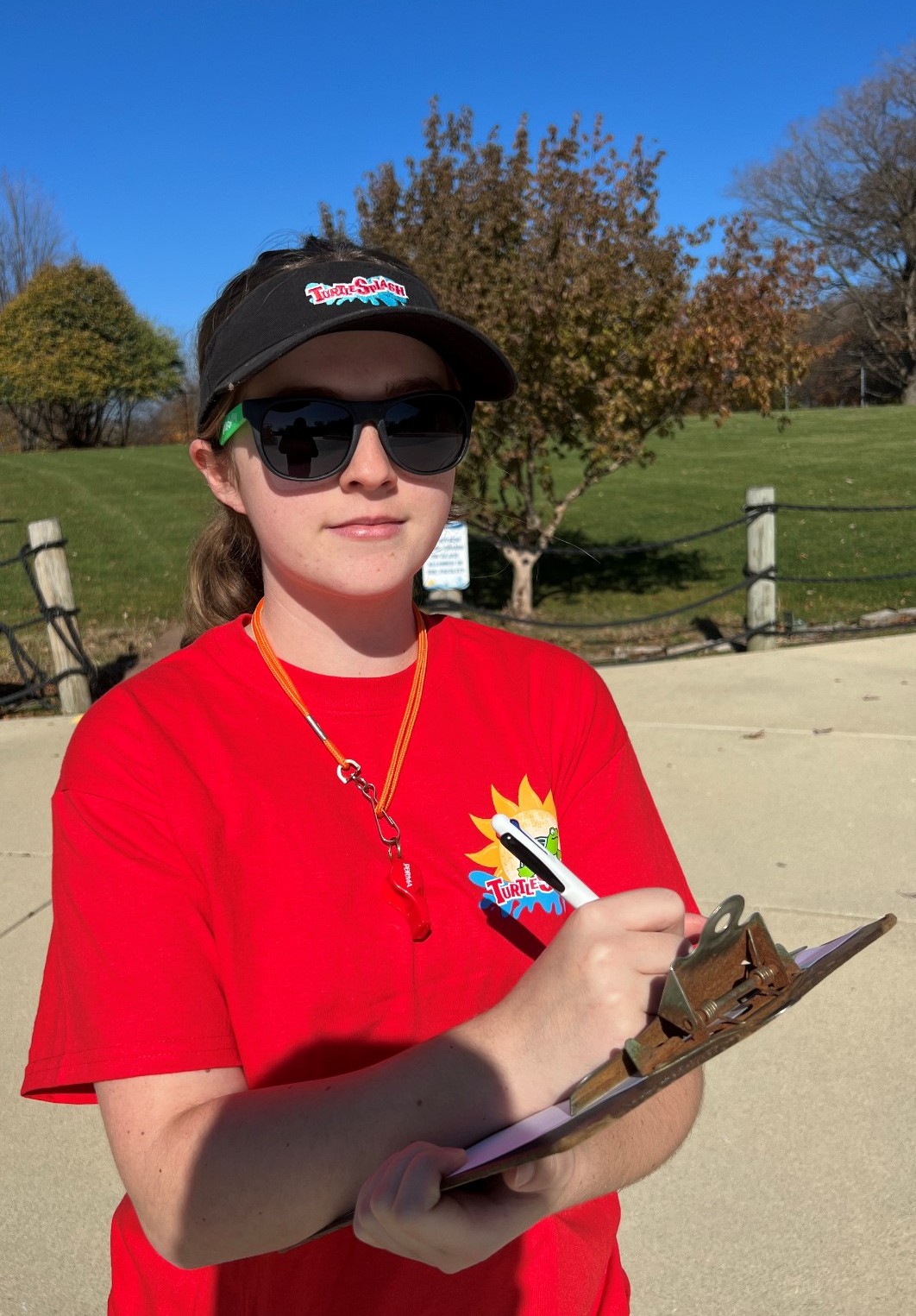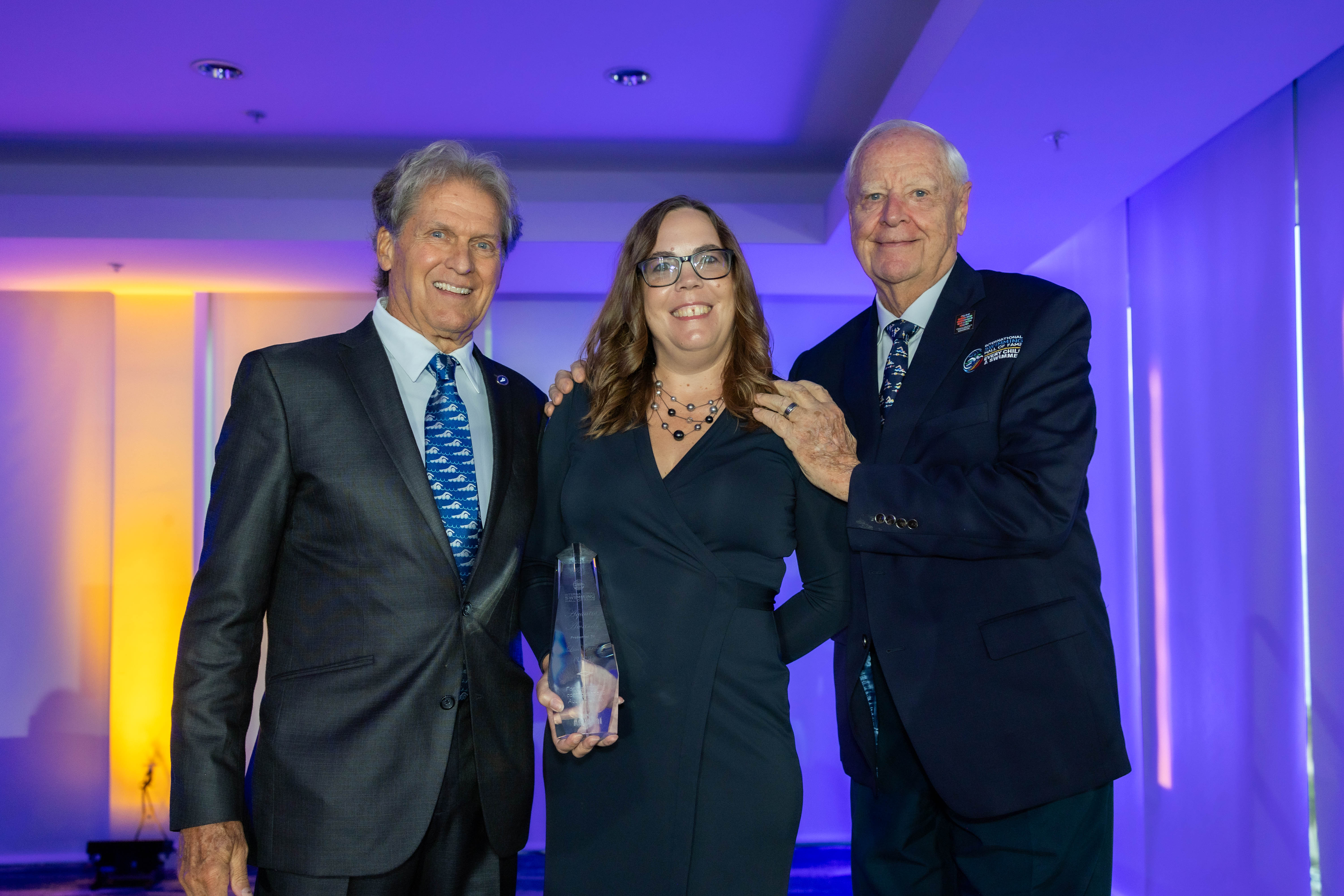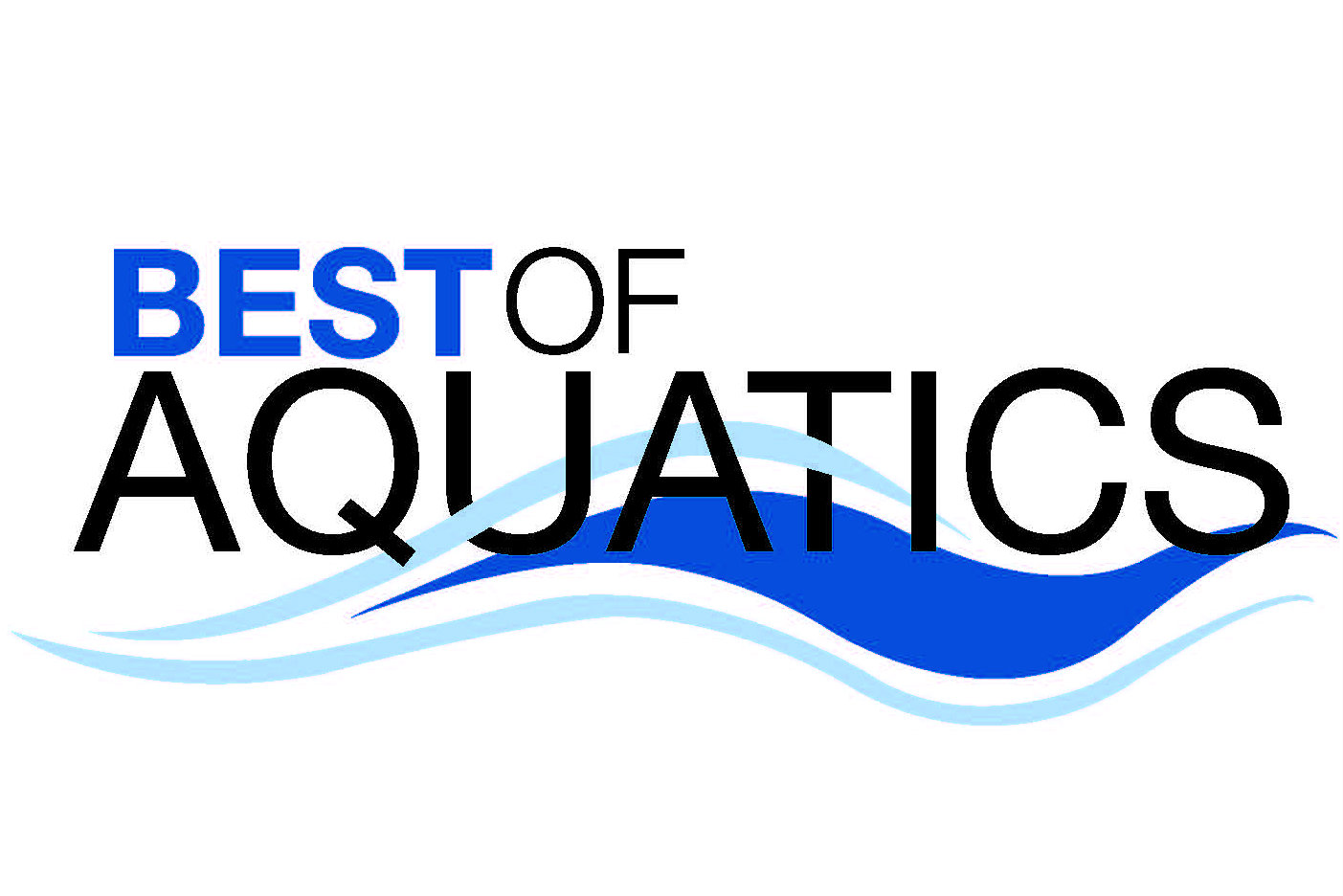When its team was receiving less-than-desirable on-chair scores during audits by Starguard Elite, Turtle Splash Water Park addressed the issue proactively.
It developed a training tool that not only accustomed lifeguards to remaining vigilant every minute of their shifts, but also spread accountability throughout the staff.
Regular feedback
Every other aspect of Turtle Splash’s operations seemed to hold up well to the unannounced visits and evaluations by StarGuard Elite.
To better prepare lifeguards for regular audits, the team developed Scan Watch, a system whereby each guard knows they could be evaluated at literally any time, during any shift.
While on their breaks from the chair, each lifeguard is expected to fill out a Scan Watch form for at least two of their fellow guards per shift.
“We developed the Scan Watch program in order to stress to lifeguards the importance of constant surveillance of their zones,” says Gina Radun, executive director of West Chicago Park District in West Chicago, Ill. “Being alert and attentive to the water while on the chair is vital in order to be a five-star lifeguard and facility.”
Lifeguards are checked to see if they scan their zones in about 10 seconds, reach the further part in their zone in 20 seconds or less, make three points of contact on the chair, constantly check the bottoms and corners of the zone, are scanning as they approach and leave the zone, change from standing to sitting every five minutes, do a proactive rotation and incorporate adequate protection from the sun.
The mechanics
Usually the staffer can evaluate any two lifeguards of their choosing.
On occasion, managers will request that they evaluate a particular guard. Perhaps a somebody has been struggling, so managers want a little more attention paid to them so they can provide feedback. Or, when a new lifeguard performs their scans, managers may want them to evaluate some of their strongest peers, to set an example for them to learn.
They turn in the forms for evaluation. If a critical issue arises during a scan, management will address it with the lifeguard immediately and develop a strategy for improvement.
Every two weeks, each lifeguard receives the forms from all the scans that were performed on them since the last time.
This method not only ensures that everybody is evaluated frequently so they can receive needed feedback and continue fine tuning. In addition, it takes an individual achievement and turns it into a team effort. Now, the whole staff carries responsibility and accountability for each other’s successes and failures.
“Before the Scan Watch, it was very much, ‘Well, if he’s not going well on chair, that’s his fault, not mine,’” Radun says.



